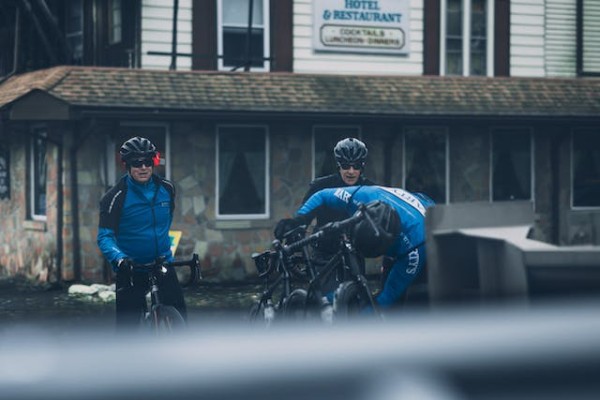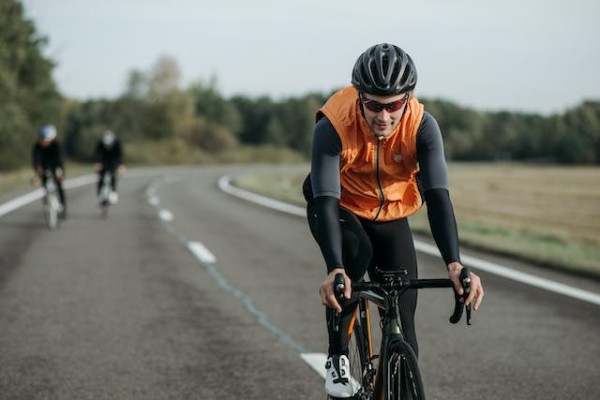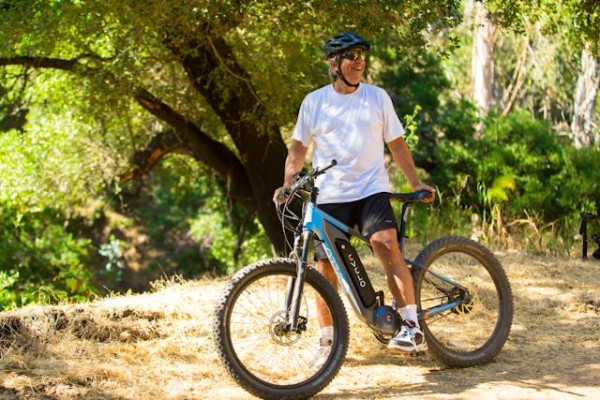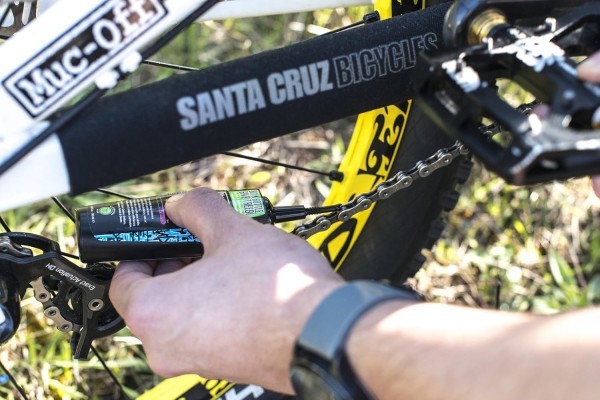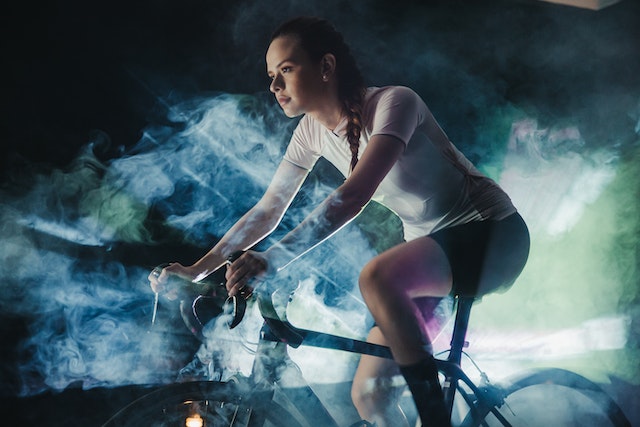When it comes to cycling shoes without cleats, can you make it work? Well, the answer might surprise you. While it’s possible to use cycling shoes without cleats, the implications go beyond just the convenience of walking around. The choice between using cleats or not can significantly impact your riding experience and overall performance on the bike. So, before you make a decision, consider the various factors at play.
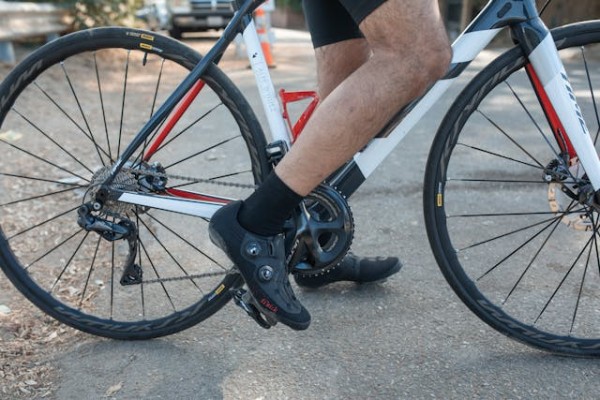
1. Pros of Using Cycling Shoes Without Cleats
Cycling shoes without cleats offer a versatile option for riders who may need to walk or stand frequently during their rides. These shoes provide a more natural walking experience compared to cleated shoes, making them suitable for urban commuting or touring.
Additionally, cycling shoes without cleats are often more comfortable for short rides or indoor cycling sessions where clipping in may not be necessary. The absence of cleats also allows for easier engagement with flat pedals, offering a seamless transition for riders who are new to using cycling shoes.
2. Cons of Using Cycling Shoes Without Cleats
While cycling shoes without cleats offer certain advantages, they also present notable drawbacks that riders should consider.
- Decreased Efficiency: Without cleats, your foot isn’t securely attached to the pedal, leading to energy loss and reduced power transfer during each pedal stroke.
- Risk of Slipping: The absence of cleats increases the risk of your foot slipping off the pedal, especially in wet or challenging conditions, potentially causing accidents or injuries.
- Limited Pedaling Techniques: Cycling shoes without cleats restrict your ability to utilize advanced pedaling techniques such as pulling up on the pedal stroke, impacting your overall cycling performance and efficiency.
3. Impact on Riding Performance
Using cycling shoes without cleats can significantly impact your riding performance by compromising power transfer and stability. Cleats are designed to securely attach your shoes to the pedals, optimizing the transfer of power from your legs to the bike. Without cleats, the connection between your feet and the pedals becomes less efficient, leading to power loss and decreased performance.
Additionally, cleats provide stability by keeping your feet in the correct position on the pedals, preventing slips, and maintaining proper alignment. Riding without cleats may result in less control over your bike, reduced efficiency in pedaling, and an increased risk of foot discomfort or injury.
4. Tips for Using Cycling Shoes Without Cleats
For optimal performance when using cycling shoes without cleats, focus on maintaining proper foot placement and stability throughout your ride. Here are three key tips to help you make the most of your cycling shoes without cleats:
- Focus on Pedaling Technique: Pay attention to your pedaling motion to ensure a smooth and efficient stroke. Keep your feet flat and distribute pressure evenly to avoid discomfort.
- Adjust Your Straps: Make sure your shoes are securely fastened with the straps to prevent any slippage during your ride. This will help maintain stability and power transfer.
- Engage Your Core: By engaging your core muscles, you can enhance your overall stability and balance on the bike, compensating for the lack of cleats.
5. Choosing Your Cycling Shoe Setup
To optimize your cycling performance, carefully selecting the appropriate cycling shoe setup is crucial. Whether you choose to ride with cleats for maximum power transfer or without cleats for more versatility, understanding your cycling goals is imperative.
If you prioritize speed and efficiency, cleats may be the ideal choice, providing a secure connection between your feet and the pedals. On the other hand, opting for cycling shoes without cleats offers convenience for commuting or casual rides.
Consider factors such as your riding style, terrain, and comfort preferences when deciding on your cycling shoe setup. Ultimately, the right choice will enhance your riding experience and help you achieve your cycling objectives effectively.
Frequently Asked Questions
Can Cycling Shoes Without Cleats Be Used for Other Activities Besides Cycling?
Yes, cycling shoes without cleats can be versatile for activities beyond cycling. The rigid sole and comfortable fit make them suitable for walking, weightlifting, or indoor activities. Consider the specific shoe design and sole flexibility for optimal performance.
Are There Specific Types of Pedals That Work Best With Cycling Shoes Without Cleats?
For optimal performance with cycling shoes lacking cleats, consider flat pedals. They offer stability and ease of use without requiring cleats. These pedals accommodate various shoe types, enhancing your cycling experience and providing flexibility in pedal choice.
How Do Cycling Shoes Without Cleats Compare in Terms of Comfort to Regular Sports Shoes?
In terms of comfort, cycling shoes without cleats provide enhanced support, stiffness, and power transfer compared to regular sports shoes. The strategic design optimizes performance and minimizes foot fatigue, promoting a more efficient ride.
Can Cycling Shoes Without Cleats Be Easily Converted to Use Cleats in the Future?
Yes, cycling shoes without cleats can be easily converted to use cleats in the future. This conversion typically involves attaching a compatible cleat to the sole of the shoe, allowing for efficient use with clipless pedals.
Are There Any Specific Maintenance Tips for Keeping Cycling Shoes Without Cleats in Good Condition?
To maintain cycling shoes without cleats, regularly clean the outsoles and uppers with mild soap and water. Allow them to air dry completely. Inspect for any wear or damage, especially around the mounting holes. Store them in a cool, dry place.
Conclusion
While it’s possible to use cycling shoes without cleats, it may not be the most optimal choice for performance. Research shows that using cleats can increase power transfer by up to 30%, leading to improved efficiency and speed. Therefore, it’s recommended to invest in cleats for a more effective and enjoyable riding experience.
